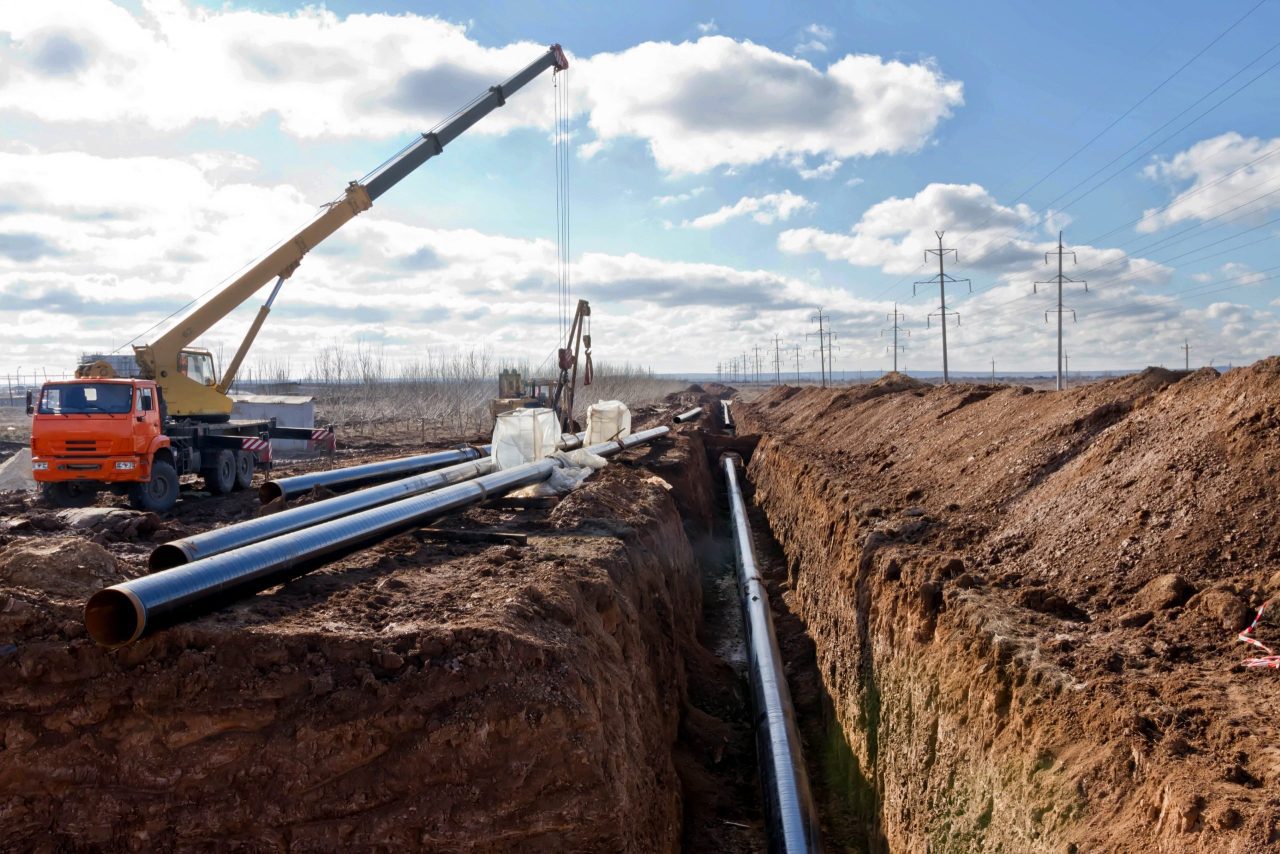Excavating, Trenching and Leveling a Drilling Site

Excavating, Trenching and Leveling a Drilling Site
Introduction
Site preparation for an oil and gas well usually looks like any other construction site. The Occupational Safety and Health Administration (OSHA) uses Safety and Health Regulations for Construction (29 CFR 1926) to assess safety compliance during this phase of the development of a drilling site.
Process: Leveling Site
The site is leveled (if necessary) with a bulldozer or a grader.
Hazards:
Damaging buried pipelines and cables
Unpredictable weather changes that create unexpected hazards
Irritant and toxic plants, pollens and other entrained materials
Uneven ground that could cause bulldozers to roll over
Solutions:
Perform a site-line location survey.
Plan for hazards due to unpredictable changing weather.
After weather changes, conduct inspections for new hazards.
Protect workers engaged in site clearing from hazards of irritant and toxic plants. Teach workers about available first-aid treatments.
Provide rollover guards on all equipment used in site-clearing operations.
Provide overhead and rear canopy guards on rider-operated equipment.
Process: Excavating and Trenching
The scale and duration of excavating and trenching are minor and site-specific. On some drilling sites, a below-ground-level cellar may be excavated. This is where the main borehole will be drilled. A reserve pit and settling pits may be excavated and used for water or drilling fluid discharges.
Hazards:
Dust and other airborne contaminants can cause respiratory problems or allergic reactions
Damaging buried pipelines and cables
Solutions:
Wear appropriate respiratory protection.
Perform a site-line location survey.
Source: Occupational Safety & Health Administration
© 2012, 2015, 2017 Zywave, Inc. All rights reserved.



